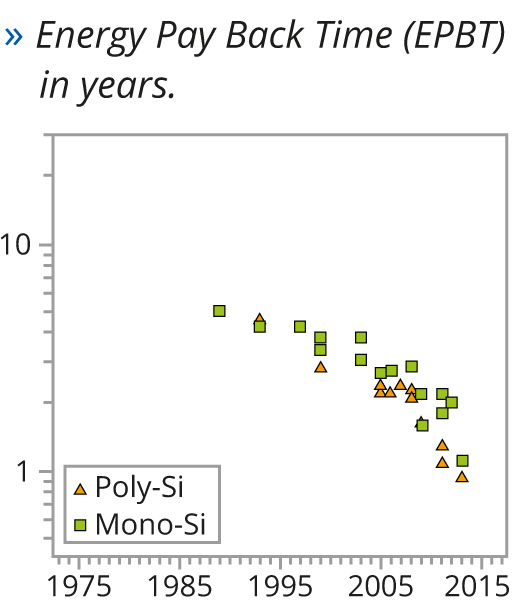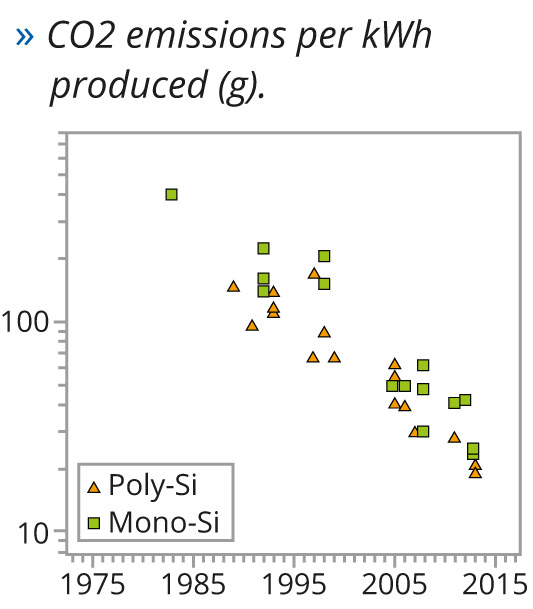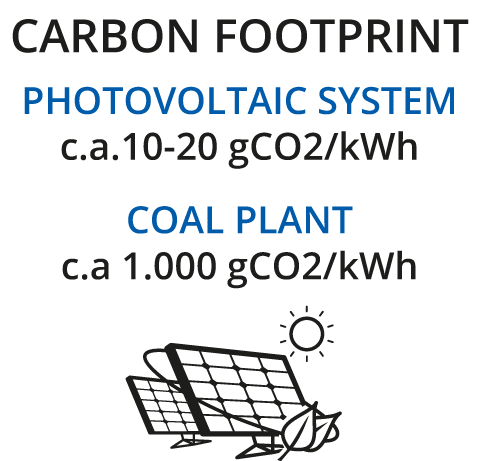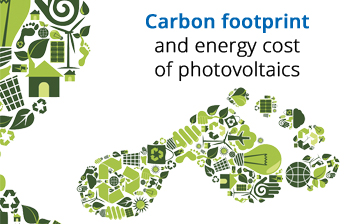It is known that the generation of photovoltaic energy is completely free of emissions and that a photovoltaic plant has a life expectancy of even 30 years; but it is also important to outline the CO2 emissions and energy consumption in the complete life cycle, from production to recycling, particularly for photovoltaic panels.
The environmental impact has gradually decreased over time
Manufacturing involves the use of energy resources and an environmental impact, as well as the transport and assembly of a plant. It should be emphasized that, thanks to technological advancement and new production plants with increasing capacity, the environmental impact has gradually decreased over time.
The energy cost for the production of photovoltaic panels has been reduced by about 15%
Thanks to the continuous efforts in research and development of the solar industry, the energy cost for the production of photovoltaic panels has been reduced by about 15% with each doubling of production capacity.
Today it is estimated that a photovoltaic system repays the energy used to produce it in about 1 year. This means that 30 times the energy needed to produce it is produced.
The following graphs show, on the left, the time (in years) for which the energy that was needed for its manufacturing is produced by a photovoltaic panel and the emissions of greenhouse gases (in gCO2) for each kWh produced.


The energy cost for the production
of photovoltaic panels
is repaid
in just 1 year
by the system’s production

The carbon footprint is defined as the total greenhouse gas produced directly or indirectly for the entire life cycle of a product, usually expressed in tons of CO2.
The environmental footprint of photovoltaic energy production is considerably more limited than that of traditional sources.






